This Year’s Best Photographs Taken Through the Lens of a Microscope
Who knew a turtle’s retina could be so beautiful?
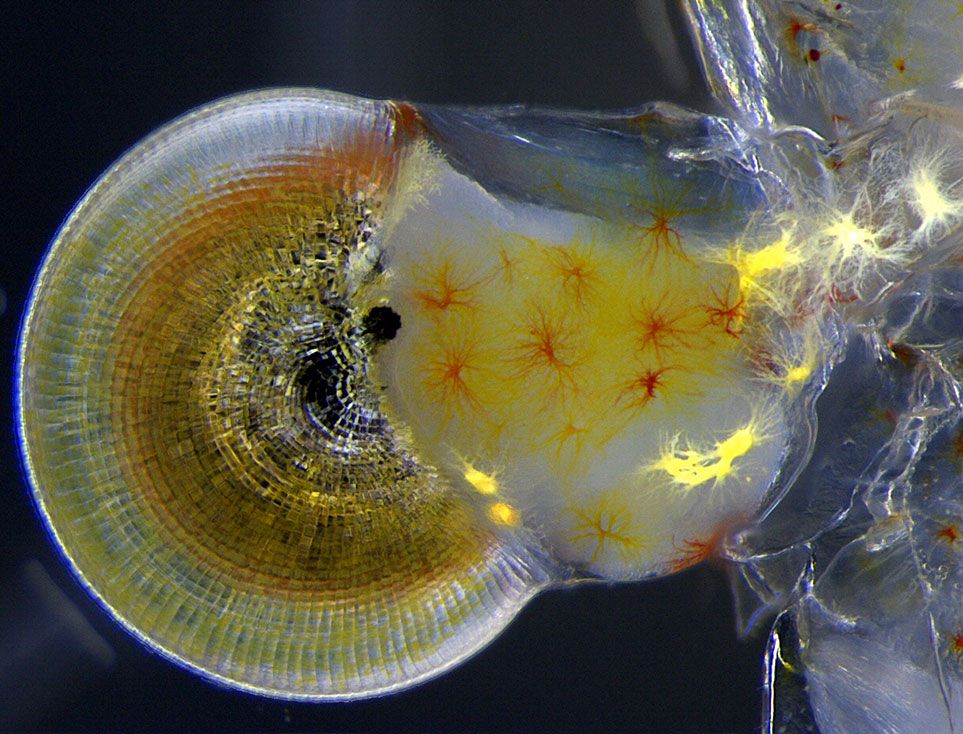
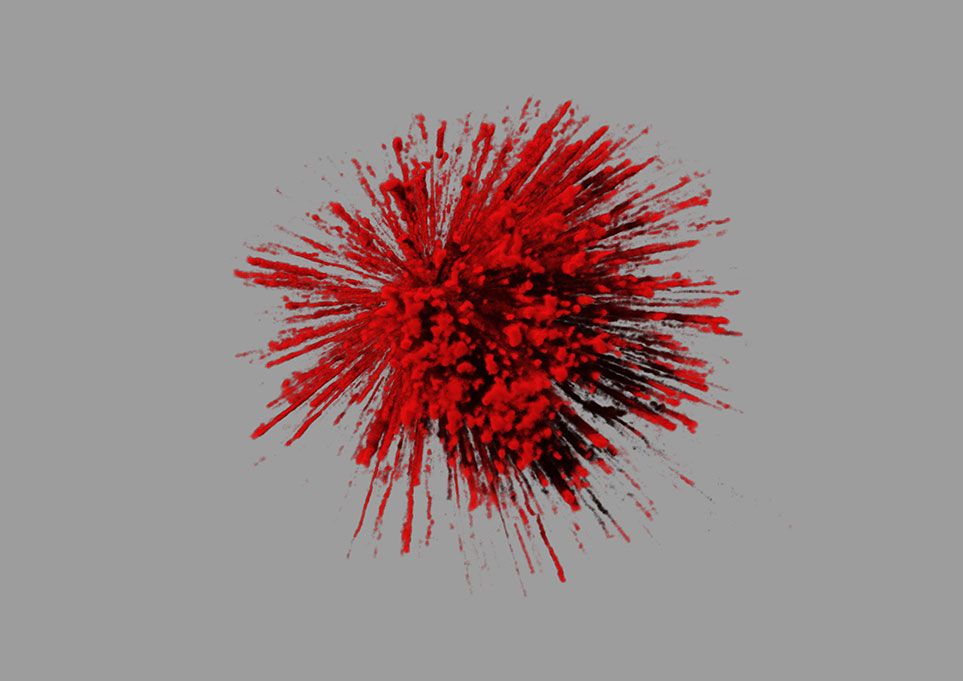
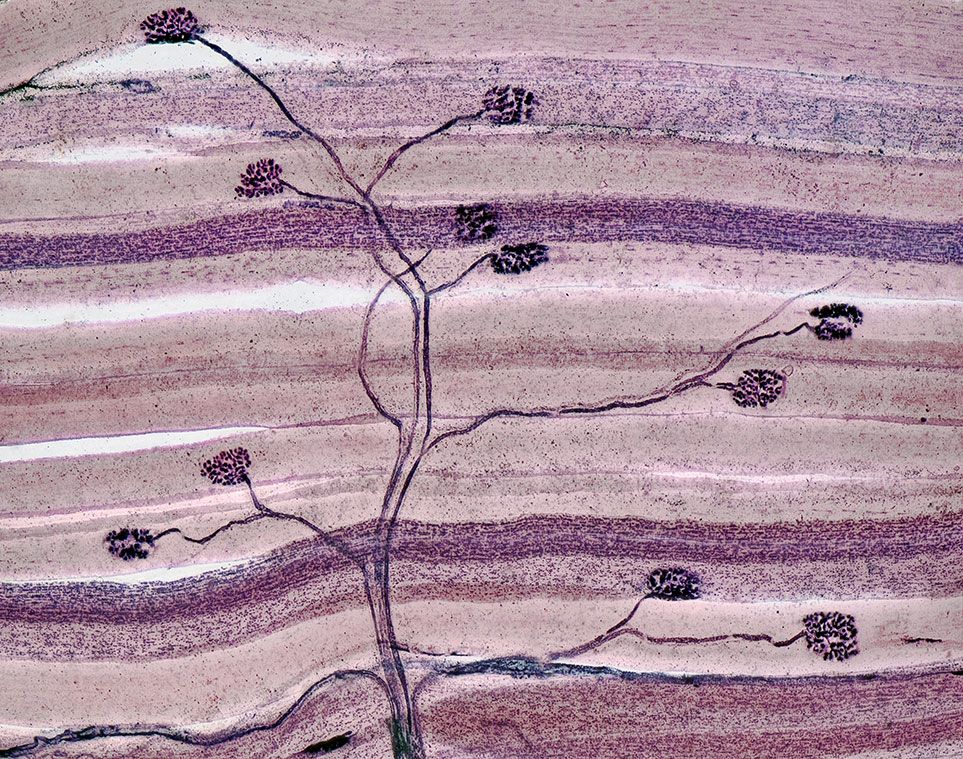
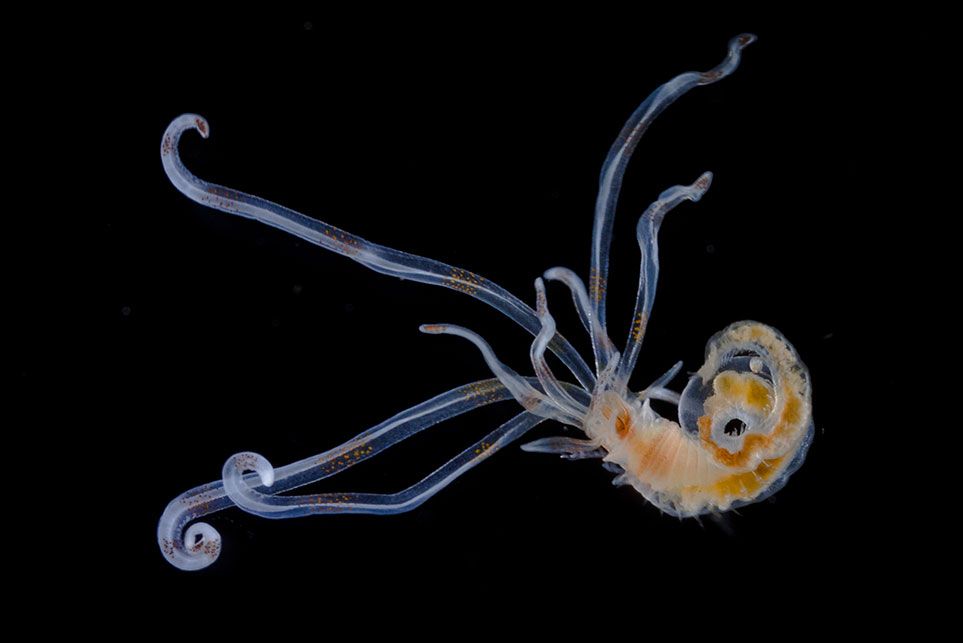

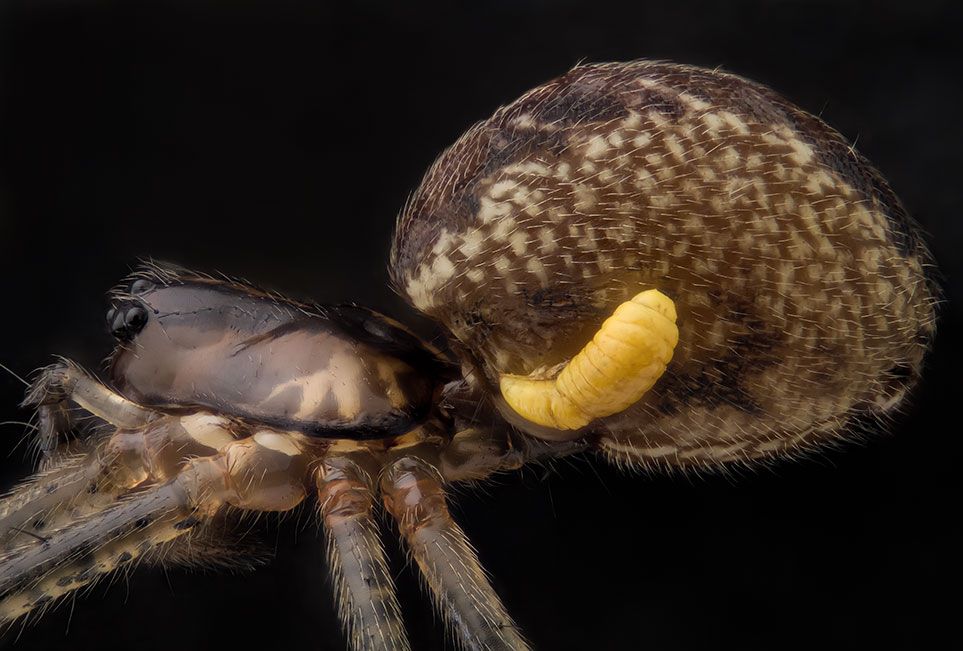
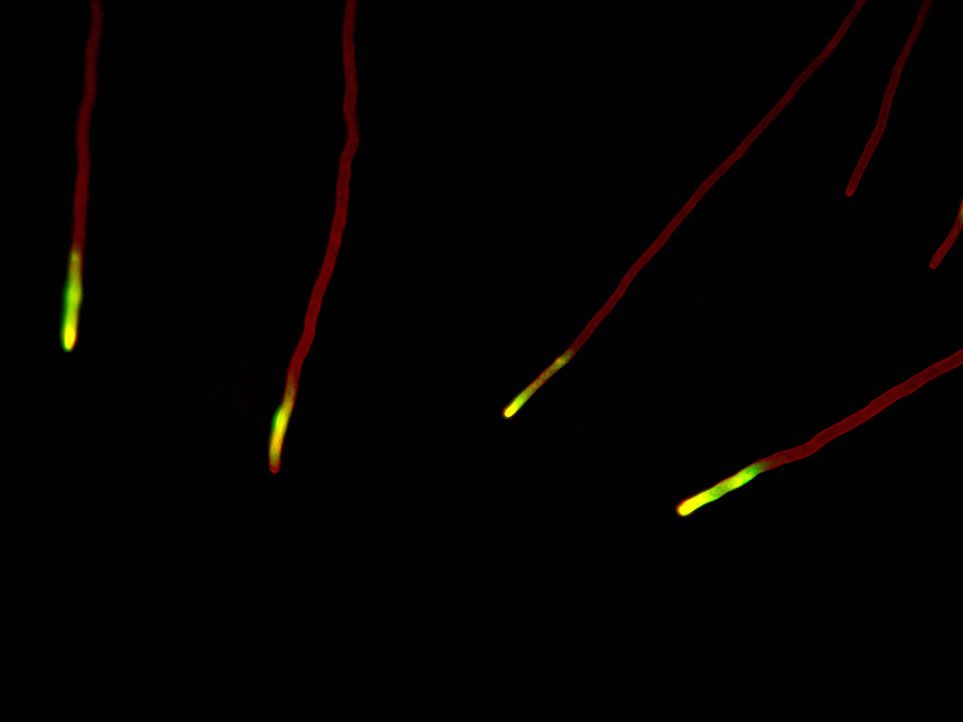
/https://tf-cmsv2-smithsonianmag-media.s3.amazonaws.com/filer/14-Zhong-Hua-Mouse-Embryo-Nikon-Small-World.jpg)
/https://tf-cmsv2-smithsonianmag-media.s3.amazonaws.com/filer/13-Michael-Paul-Nelson-Samantha-Smith-Mouse-Vertebra-Nikon-Small-World.jpg)
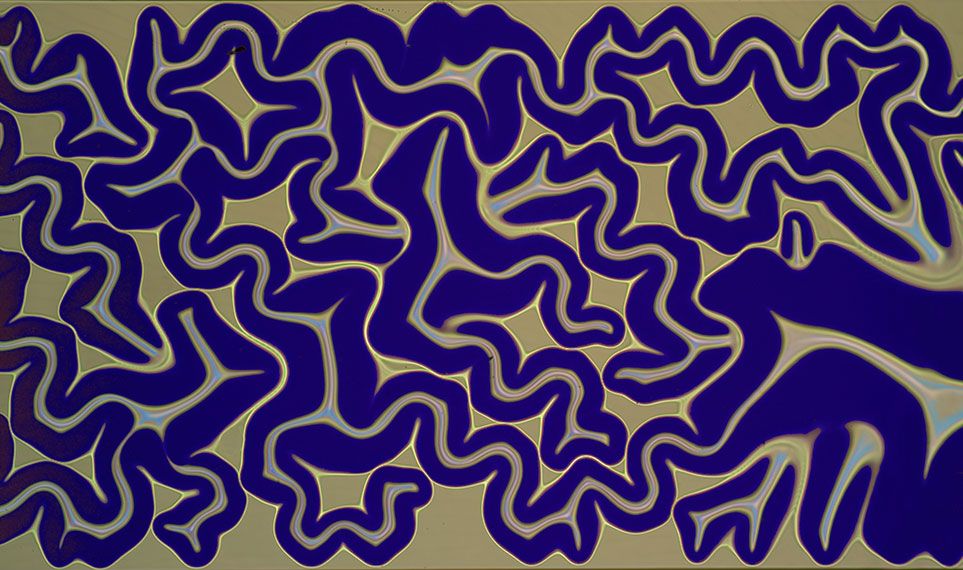
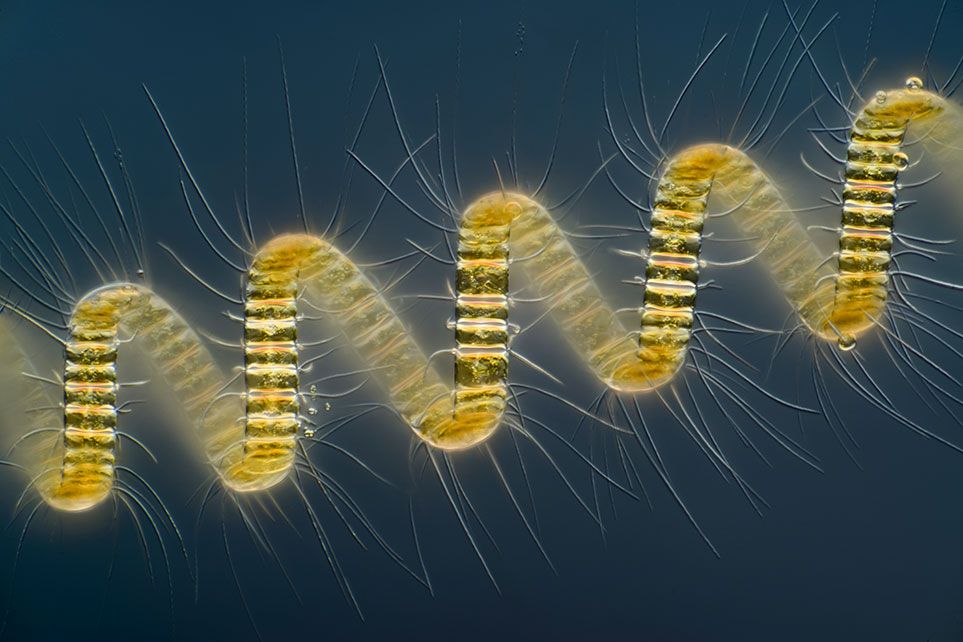

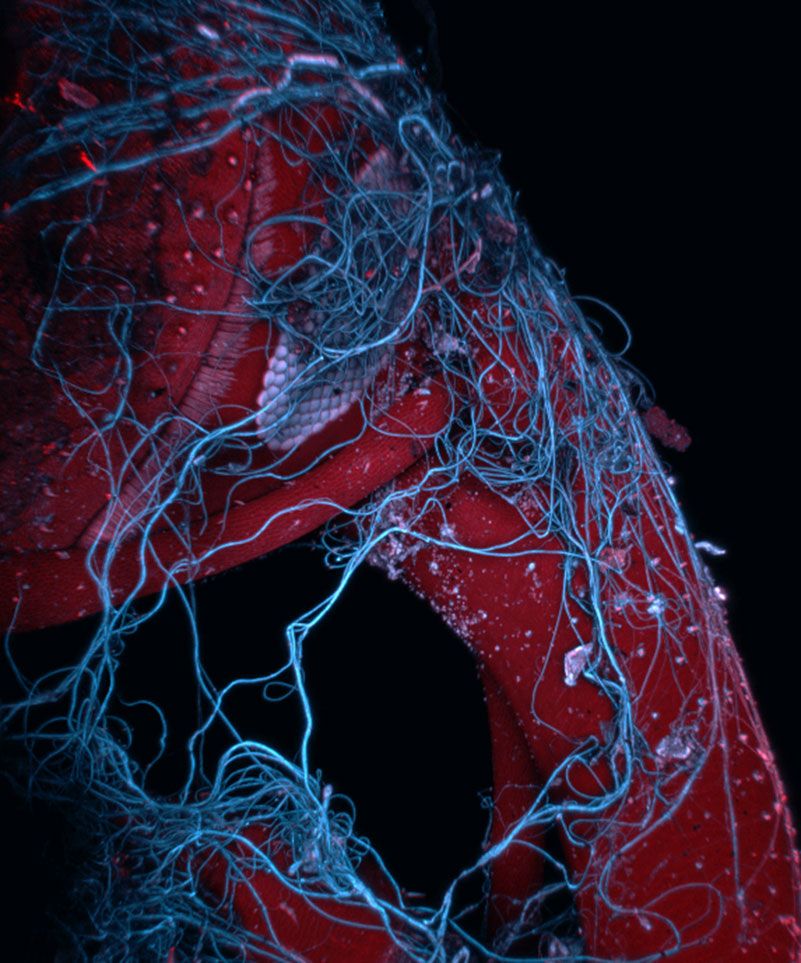
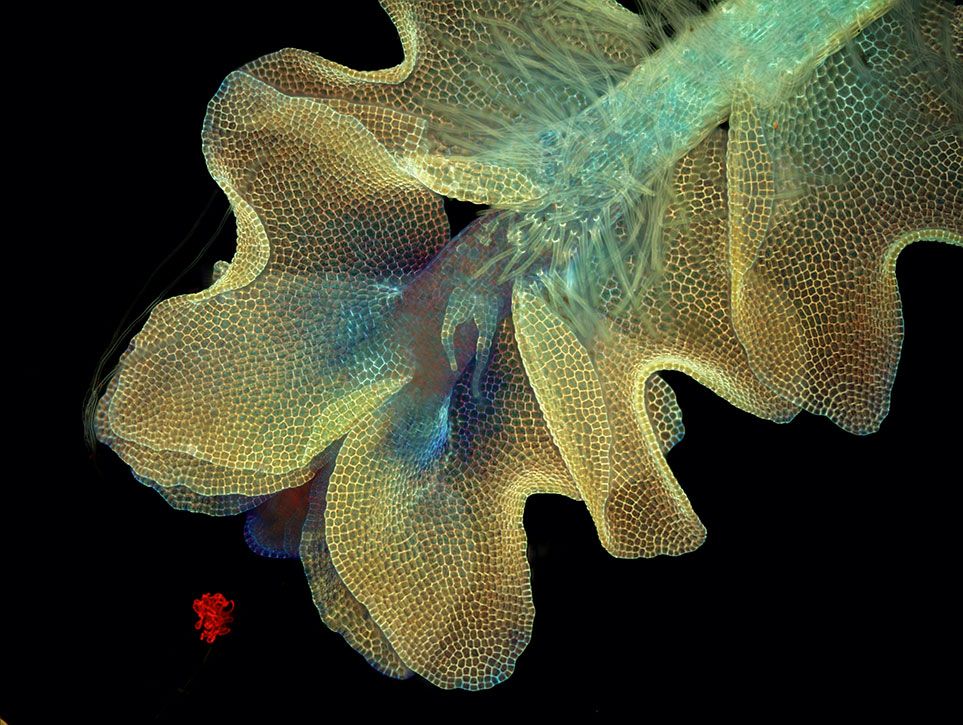
/https://tf-cmsv2-smithsonianmag-media.s3.amazonaws.com/filer/7-Jan-Michels-ladybird-beetle-Nikon-Small-World.jpg)
/https://tf-cmsv2-smithsonianmag-media.s3.amazonaws.com/filer/b9/16/b916308f-cf5f-4f68-a20b-40347ff540d1/chameleon-1072.jpg)
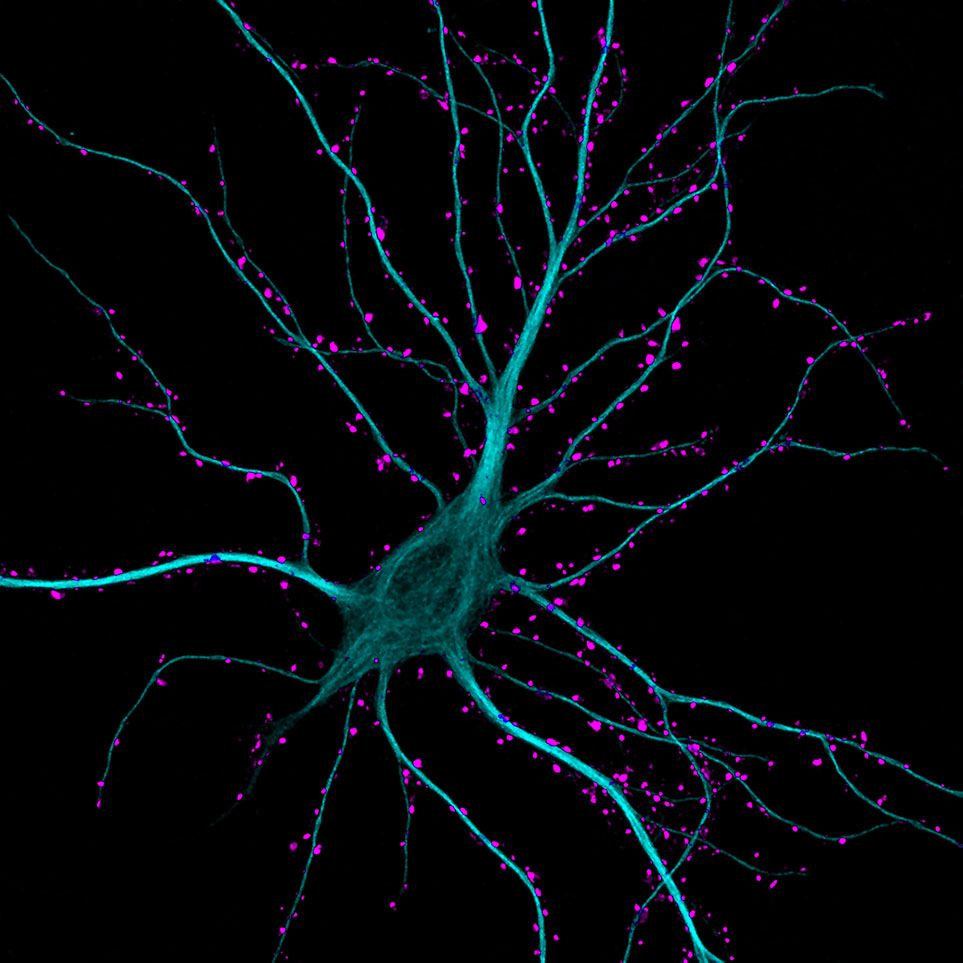
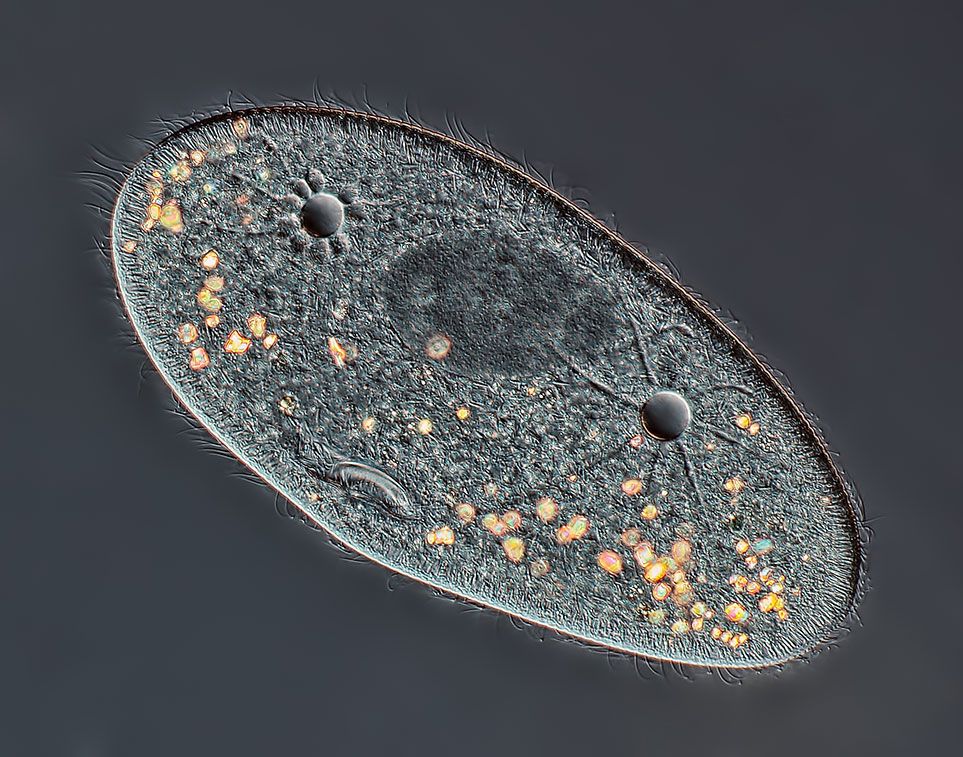
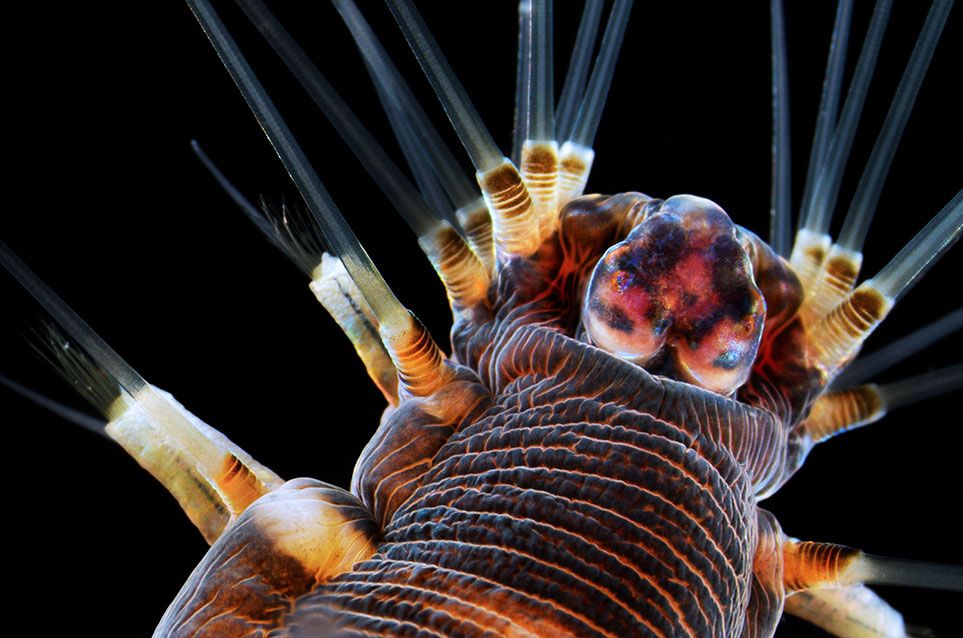
Since 1974, Nikon has played host to an annual Small World Competition, aiming to highlight the year's best in photomicrography. In 2013, scientists and professional photographers from more than 80 countries submitted some 2,000 images to the contest. A panel of judges selected the top 20 finishers based on established criteria. According to the competition's website, each photomicrograph had to not only be "a technical document that can be of great significance to science or industry" but also "an image whose structure, color, composition and content is an object of beauty, open to several levels of comprehension and appreciation."
A veteran photomicrographer, Wim van Egmond has entered numerous images for consideration in the last decade, nabbing a total of 20 finalists. For his first prize winner this year, he captured a coil-shaped marine plankton, collected from the North Sea, by stacking more than 90 separate images.
"I approach micrographs as if they are portraits. The same way you look at a person and try to capture their personality, I observe an organism and try to capture it as honestly and realistically as possible," says Egmond in a press release. "At the same time, this image is about form, rhythm and composition. The positioning of the helix, the directions of the bristles, the subdued colors and contrast all bring together a balance that is both dynamic and tranquil."
Take a gander at the rest of the 2013 finalists.
Get the latest Science stories in your inbox.
